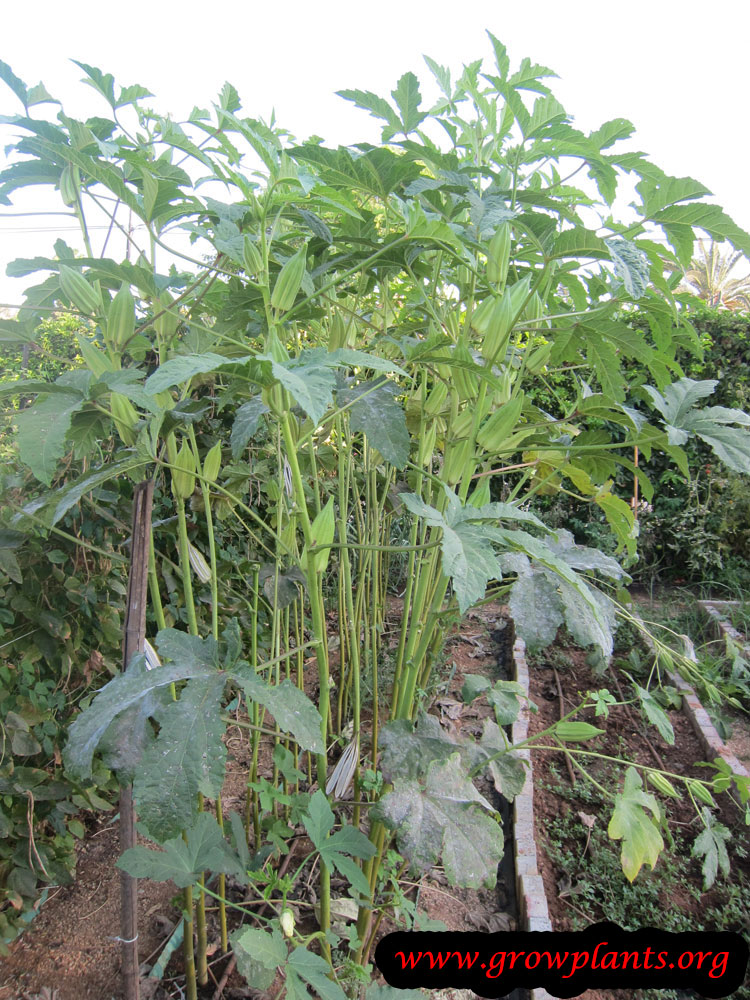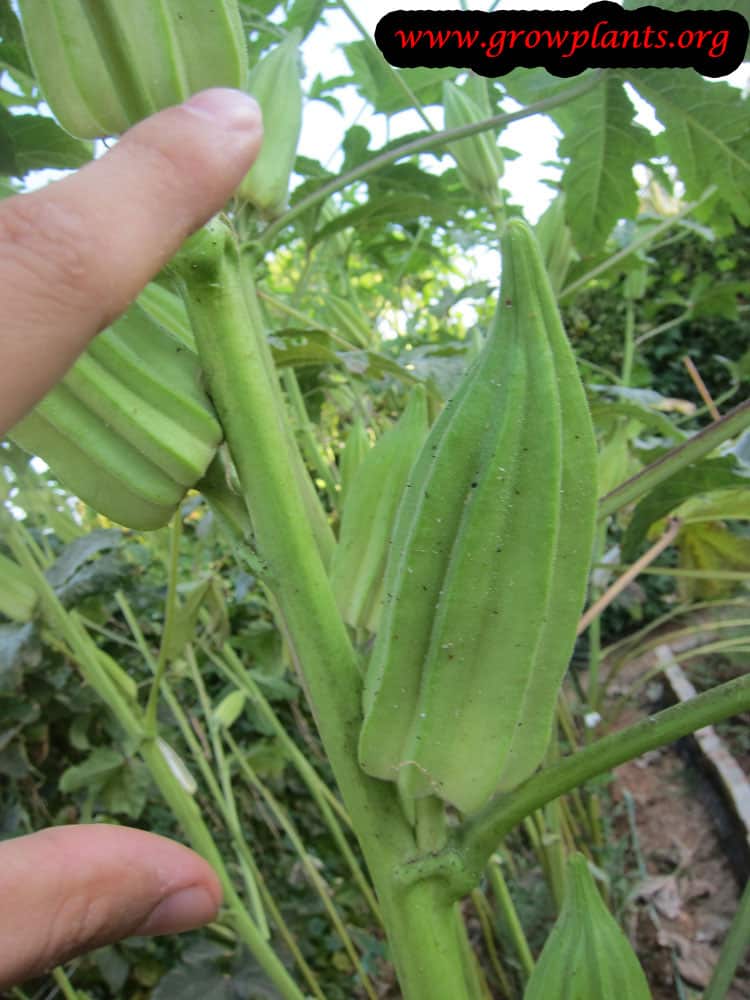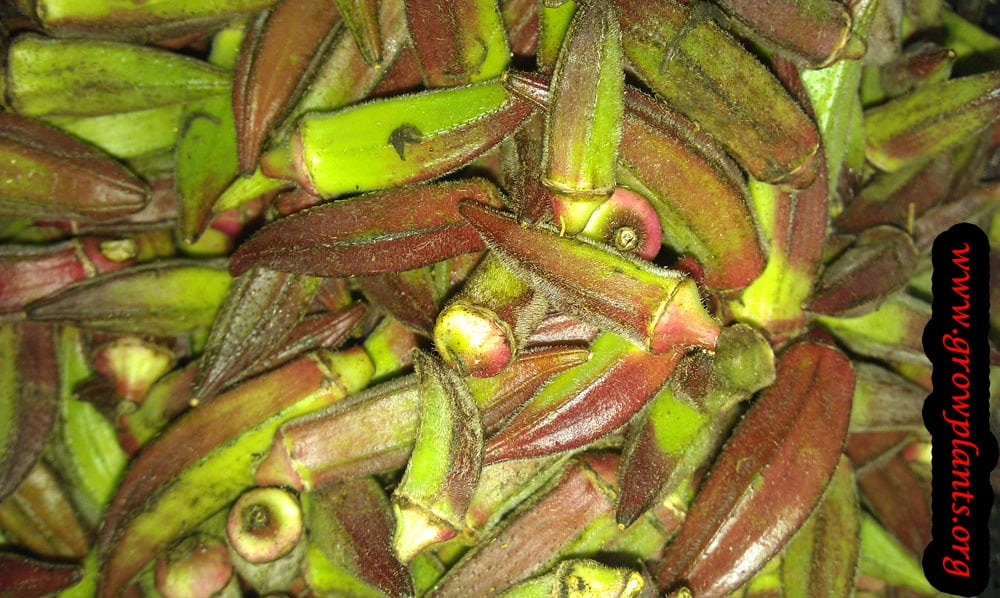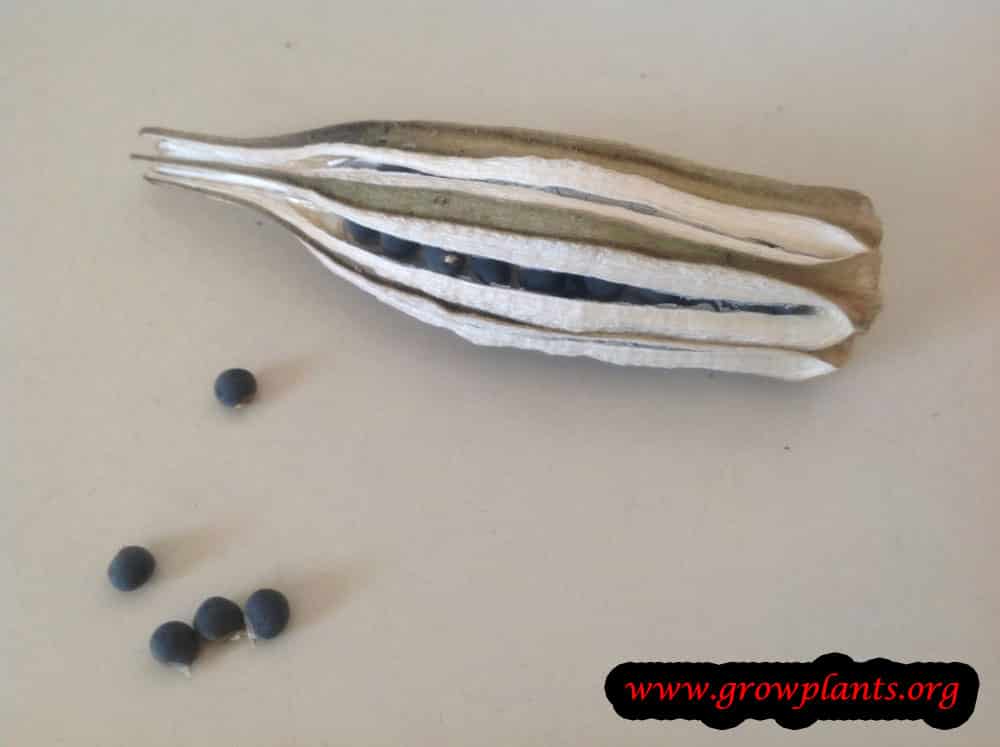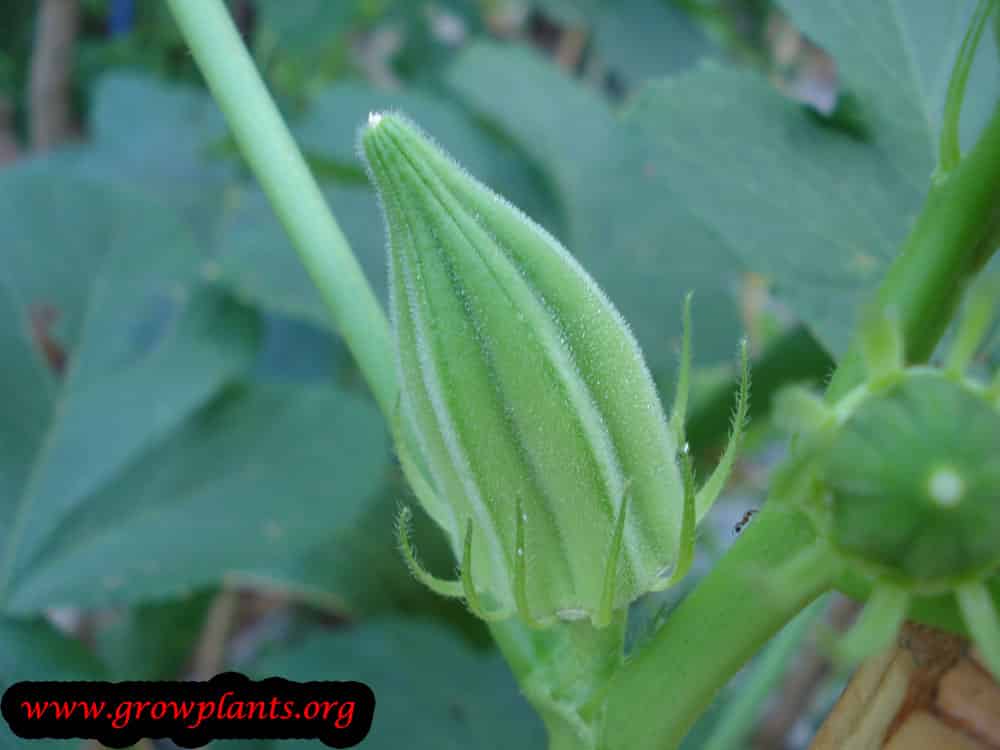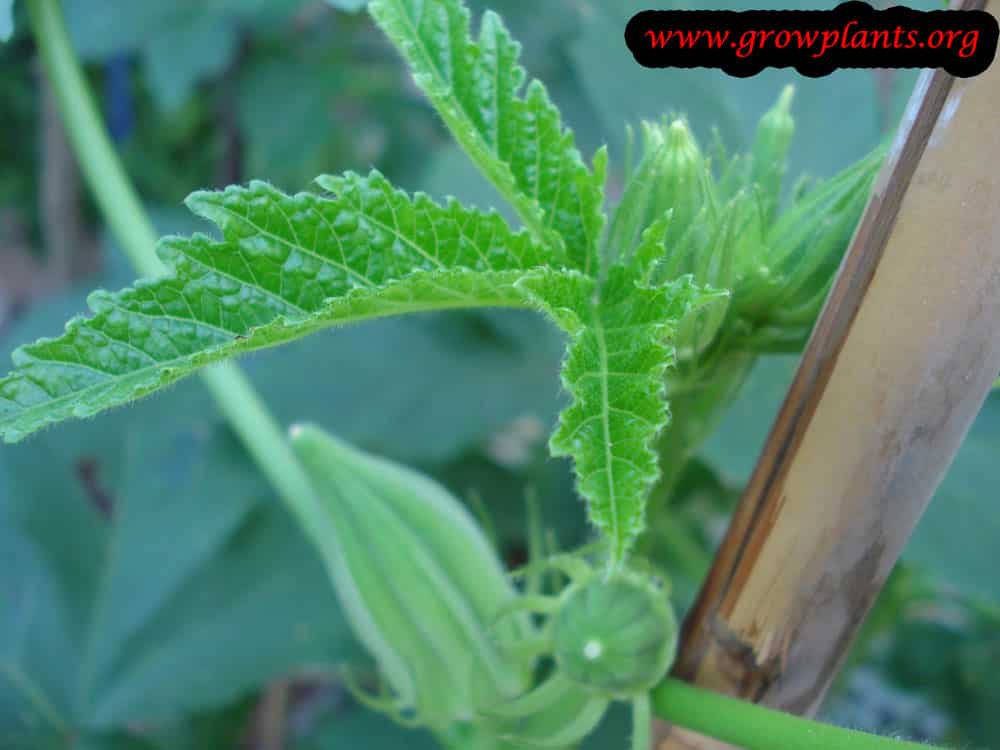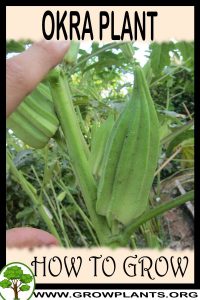
Okra grow and care – shrub of the genus Abelmoschus and also known as Bamia or Gumbo, Okra evergreen perennial but in a cold weather become deciduous or grow as annual plant and also used as ornamental plant, Can grow in mediterranean, subtropics, temperate or tropics climate and growing in hardiness zone 11+ as perennial or 4+ as annual.
Bamia leaves edible fleshy leaves with 5-7 lobes, sometimes the lobes very prominent and sometimes barely visible, depending on the species and conditions of growth, the leaves can reach to 15 cm.
Flowers are bright yellow edges on the inside near the stamens are darkened to purple brown.
Okra frutis
Fruits are edible can be in the color green or red. Seeds can be used as a substitute for coffee.
Okra for sale – Seeds or Plants to Buy
How to grow Okra growing and care:
Well-drained soil
What is the best way to start growing?
Plant / Seedling / Seed / Vegetative Reproduction
Is it necessary to graft or use vegetative reproduction?
No, but possible
Difficulties or problems when growing:
sensitive the cold
Planting season:
Spring as annual, spring to autumn as perennial
Pests and diseases:
aphids, slugs, nematode
Pruning season:
Autumn
How to prune:
not recommend to prune, but possible to cut the top of plant before the flowers
Size of the plant:
1-2 m, 3-6 feet
Growth speed in optimal condition:
Medium growing
Water requirement:
Average amount of water
Light conditions in optimal condition for growing:
Full Sun
Is it possible to grow indoor as houseplant?
No
Growing is also possible in a planter /flowerpot / containers:
Yes
Blooming information
Bloom season:
Summer / Autumn
General information about the flower
Flowers are bright yellow edges on the inside near the stamens are darkened to purple brown
Thinning the bloom:
no need
Pollination is done by:
Bees
Edible Fruits
Fruit harvest season:
Summer / Autumn
Fruits pests or diseases:
birds, slugs
What can be done with big quantities of Okra fruits?
Pickle, cooked
Work requirements on the fruit:
collect the seeds from the fruits before it falls to the ground
How long does it take to bear fruit?
5-8 month
Ripening of fruit
recommend to pick up the fruit before the fruit ready
Grow from seeds
Sowing requirement:
2-3.5 mm black seeds
Saving seeds until sowing:
Dry, dark place
Sowing season:
Spring
Planting spacing:
20-30 cm
Depth of Sowing:
1-2 cm
Conditions for seeds germinate:
moist not too much, well drain soil
Watering requires for Seeds:
Average amount of water
Germination time:
2 weeks – 3 month
Condition of seedling:
full sun, not too much moist
Do the seeds require burying?
No
Vegetative Reproduction
Vegetative Reproduction Method:
Cutting
Preferred time for vegetative reproduction:
Spring
Time to grow roots in vegetative reproduction:
3-7 weeks
Treatment for vegetative reproduction:
Moist, well drain soil, half shade
Edible leaves
Leaves harvesting season:
In tropics climate all year in colder place spring, summer, autumn
How to harvest the leaves?
Next to the branch
Information about leaves:
Fleshy leaves with 5-7 lobes
Uses of Okra leaves:
Young leaves can used for salad and the fully grown for cooking, stir fry, staffed leaves
Scientific name:
Abelmoschus esculentus
Categories
| Blooming Seasons |
|
|---|---|
| Edible Parts |
|
| Culinary uses |
|
| Flower colors |
|
| Harvest Season |
|
| Ornamental parts |
|
| Plant growing speed |
|
| Plant life-form |
|
| Plant Uses |
|
| Planting Season |
|
| Plants sun exposure |
|
| Watering plants |
|
| Hardiness zone |
|




